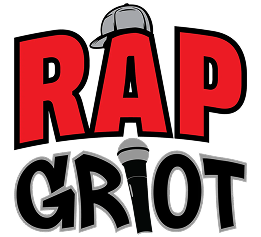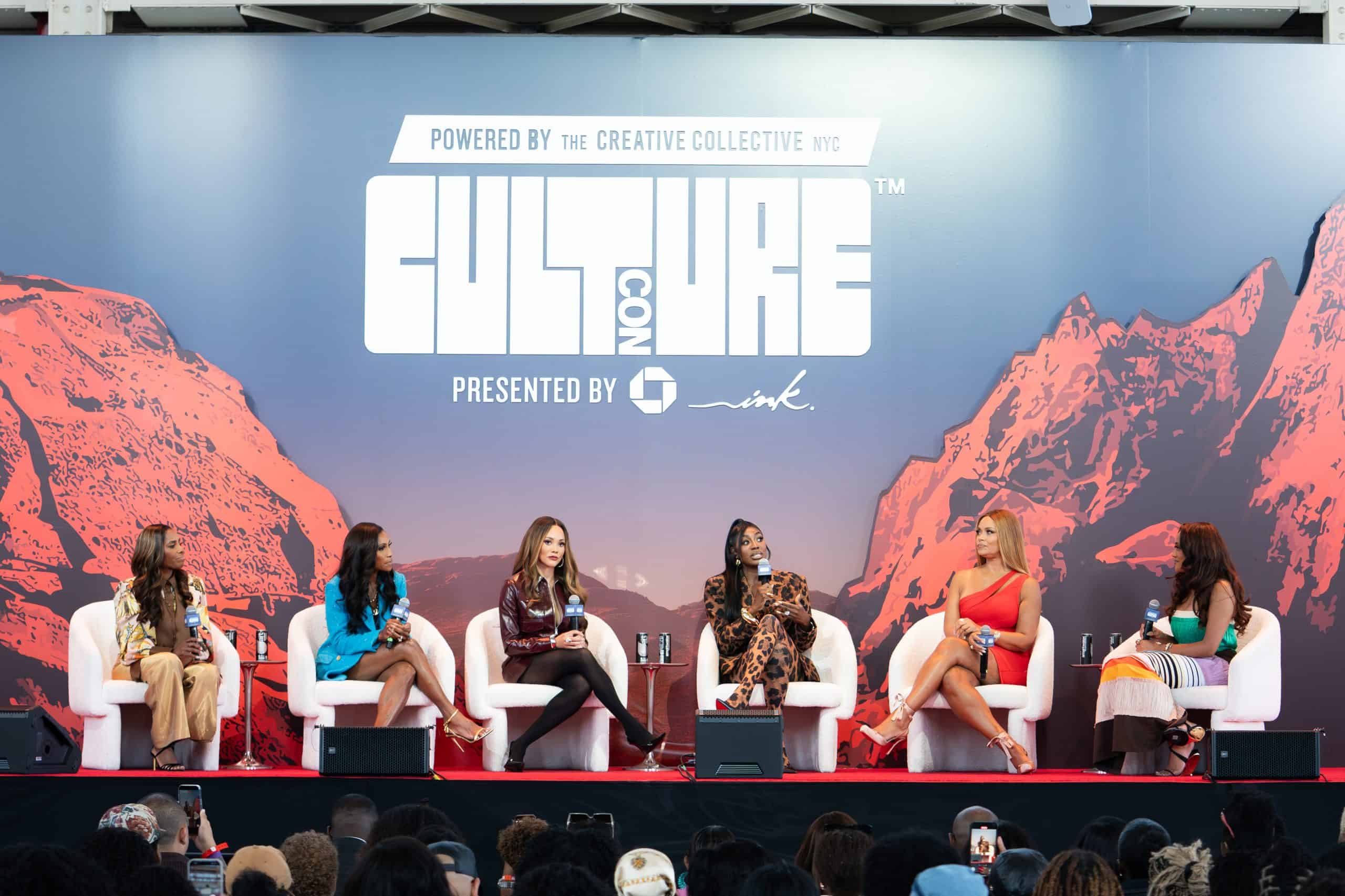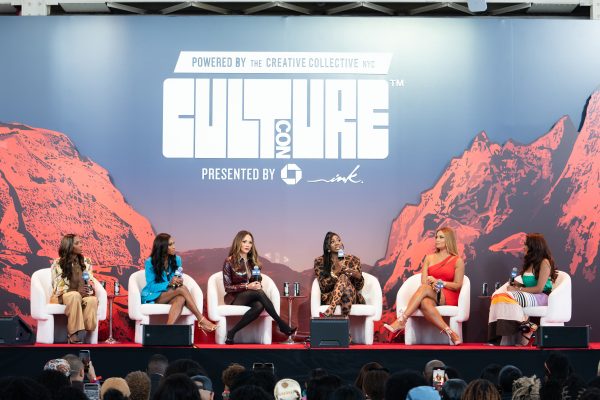
In a year where diversity budgets were slashed and corporate DEI initiatives were quietly defunded, CultureCon 2025 reminded the world why the culture remains undefeated. Despite mounting political pressure and budget constraints, the annual celebration of creativity, community, and conversation returned to New York City with renewed purpose — redefining what it means to “take up space” in a world that keeps trying to shrink it.
“I think I take up space by leaning into who I am. I don’t think you always have to be the loudest person in the room, you just have to be yourself,” said Imani Ellis, Founder & CEO of The Creative Collective, whose leadership continues to set the standard for authenticity in professional and creative spaces.
CultureCon, as we know it, is a homecoming for Black excellence in art, culture, tech, finance, and all-around networking. You see your favorite artist, actor, or activist. You see top influencers and fashions that rival NYFW. The energy is electric. Yet this year, CultureCon felt like it was missing something.
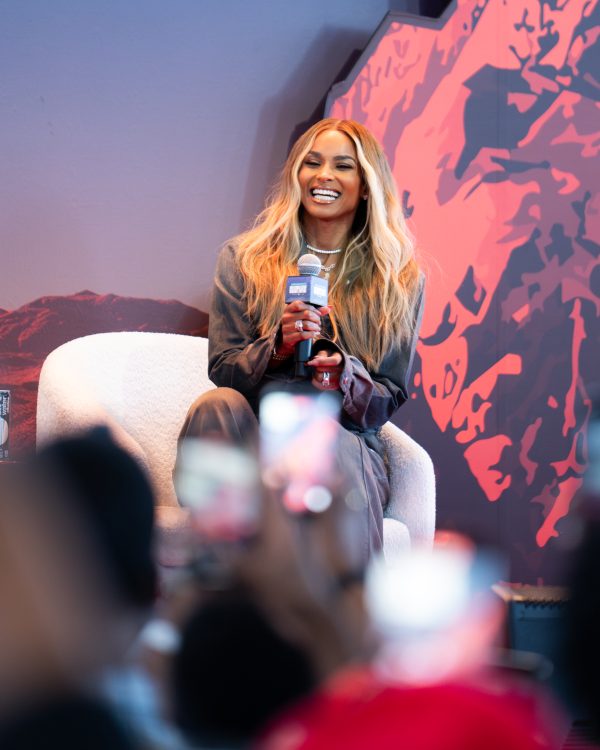
This year’s edition was presented by Chase rather than HBO, though HBO still held an activation and a panel promoting its new series IT. Notably absent fan-favorite brands like Shea Moisture and Clinique—brands that had been staples of the activation floors in past years. Their absence raised eyebrows and questions about what the event could afford and what message it sends. Attendees noticed a reduced number of beauty lounges, fewer product giveaways, and interactive experiences, signaling the tangible impact of these brands’ departures on the event atmosphere.
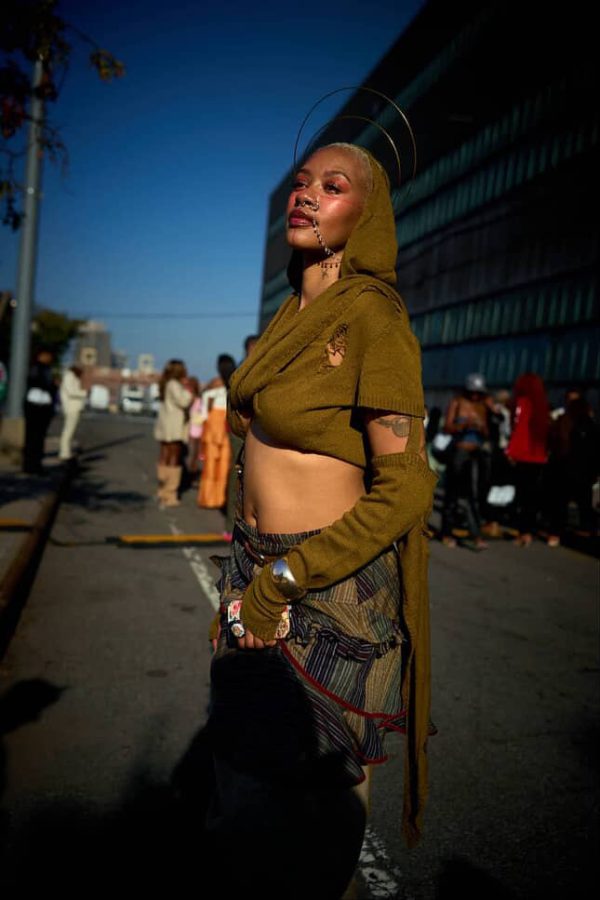
What is DEI — And Why It Matters
“DEI” stands for diversity, equity, and inclusion. In corporate, foundation, and institutional settings, DEI budgets often fund recruiting, training, outreach, community partnerships, mentorship, and pipeline programs for underrepresented groups. For events like CultureCon, DEI funding or sponsorship can undergird panels, stipends for creators, venue support, accessibility, and partnerships that prioritize marginalized voices.
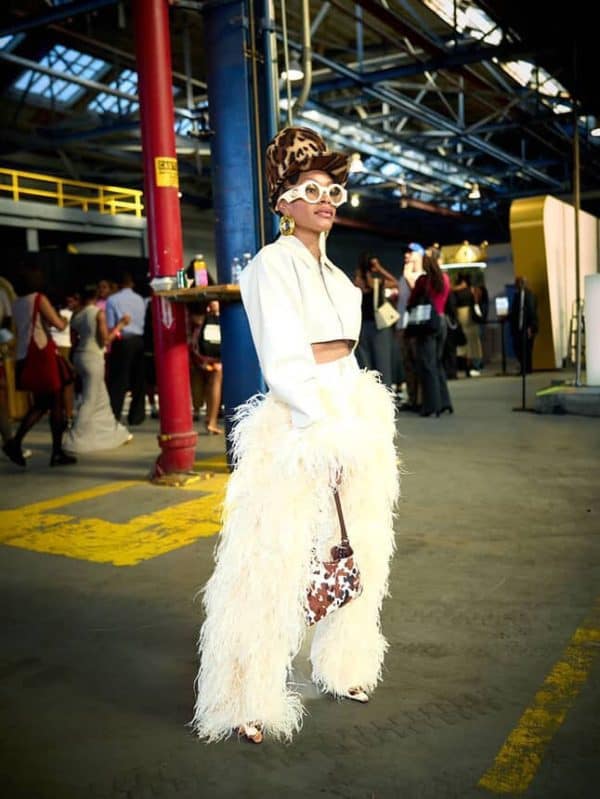
When DEI funding is cut or challenged, those support systems begin to erode. Panels are harder to staff, underfunded creators lose opportunities, and the burden shifts onto individuals to “make do” with less.
Trump’s Position on DEI—and Who It Affects
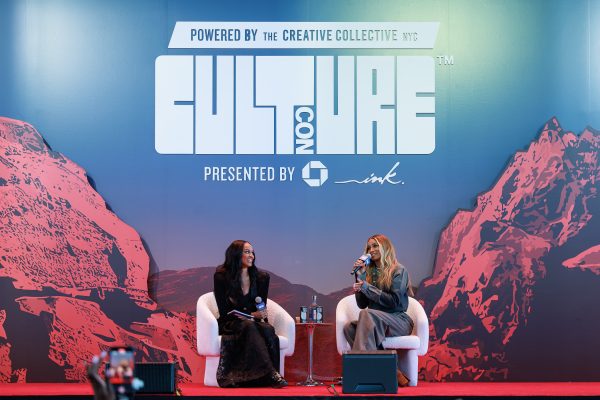
Donald Trump and many in his political orbit have long criticized “woke” culture in education, business, and media. He has proposed rolling back government funding for DEI offices and publicly framed DEI practices as unfair advantages. These moves aren’t merely rhetorical; they are tied to efforts to reduce institutional support for equity initiatives across public universities, government contracts, and nonprofit grants.
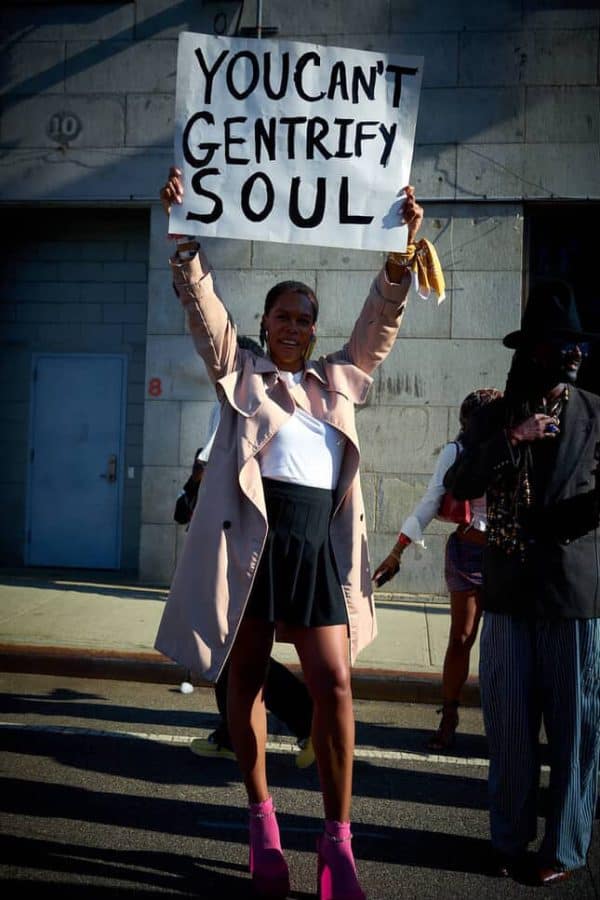
The direct consequence? Organizations that rely on institutional DEI dollars may see budget cuts for inclusivity programs or face pressure to pull back. For creators and events like CultureCon, that means fewer resources, less institutional backing, and the question: who pays the cost?
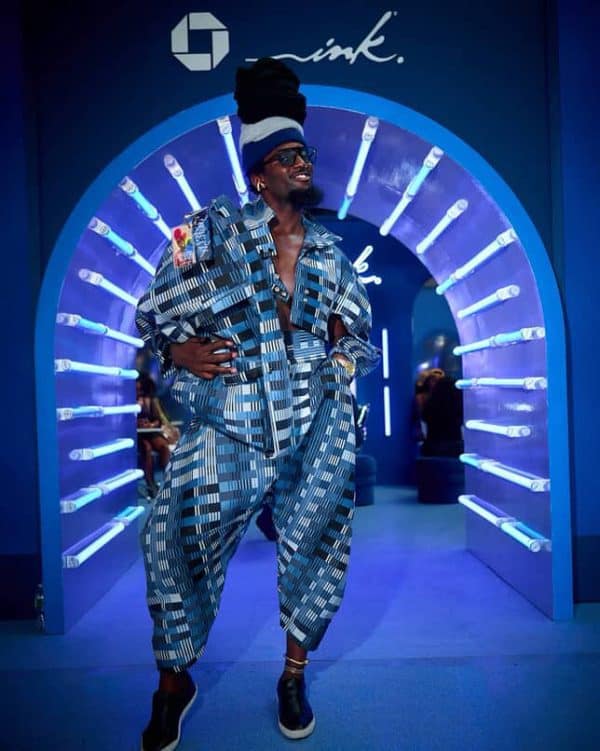
CultureCon Before the DEI Cuts
CultureCon’s origin is humble: a gathering among friends, evolving into a one-day conference, and ultimately blossoming into a high-impact, multi-day hybrid event (in-person and digital) with invite-only VIP segments throughout the week. The magic was always in the intimacy—the warm sense of “this is our home turf” for Black creatives.
In 2023 and 2024—arguably CultureCon’s peak years—the scale, the brand partners, and the experiential programming all set a high bar. Returning guests carried expectations forward. For many, 2025 struggled to match them.
Some longtime attendees walked away with mixed feelings about takeaways and giveaways. One common refrain: “I feel like I’m outgrowing it.” The event’s narrative was subtly shifting from creators seeking launchpads to more emerging college-level participants still finding direction. And while the core essence—the gathering of Black creators, entrepreneurs, influencers, and storytellers—was still present, the polish and opportunity density felt thinner this year.
Brand partnership dropout became a recurring theme. The list of sponsors and partners was significantly smaller than in 2023 or 2024. Where once Shea Moisture, Clinique, Gucci, Amazon Prime, McDonald’s, CÎROC, Apple, Google, and more stood alongside marquee brands, now Chase Ink led the list—with support from HBO Max, BET, Audible, Hulu, Onyx Collective, Spotify, YouTube, NBCUniversal, and others. Notably, Shea Moisture and Clinique, which had previously activated lounges, giveaways, and beauty pop-ups, did not make an appearance—a reticence that did not go unnoticed. Their absence was evident through the scaled-back beauty activations and a less robust ecosystem for attendees to interact with products and brand experiences, resulting in fewer opportunities for attendees to discover new products or engage with familiar brands.
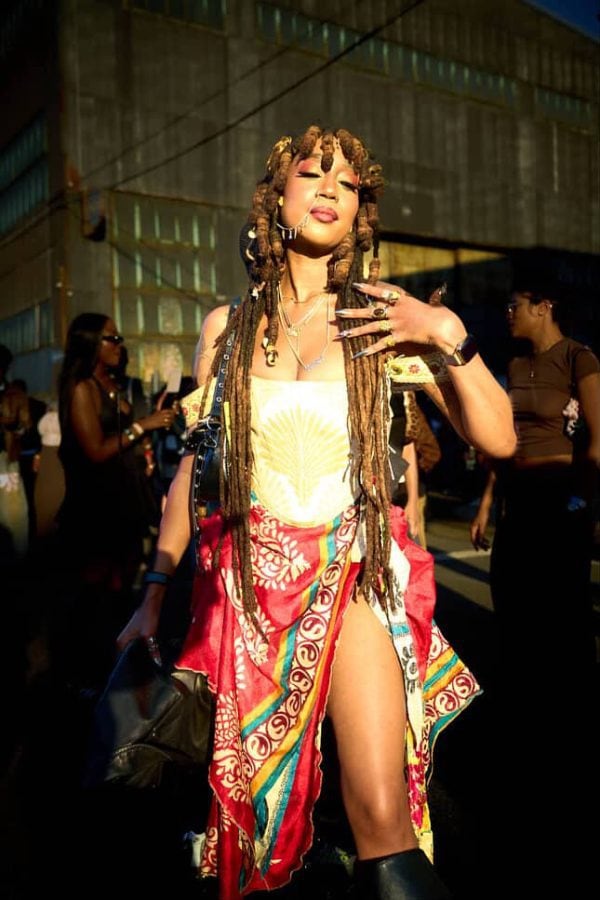
In 2024, the “Camp” theme leaned heavily into whimsical branding and immersive activations (fashion, photo ops, experiential art). That year’s major sponsors included Max (formerly HBO Max), Chase Ink, McDonald’s, Amazon, MGM Studios, CÎROC, Clinique, Coca-Cola, Smartwater, Foot Locker, Jordan Brand, Gucci, and Kensington Grey. Smaller partners included beauty brands like Fenty Beauty and Fenty Skin, Apple, Google, NPR, iOne Digital, The Webby Awards, and hospitality sponsors like Ace Hotel, Moxy Williamsburg, and Thompson Hotels.
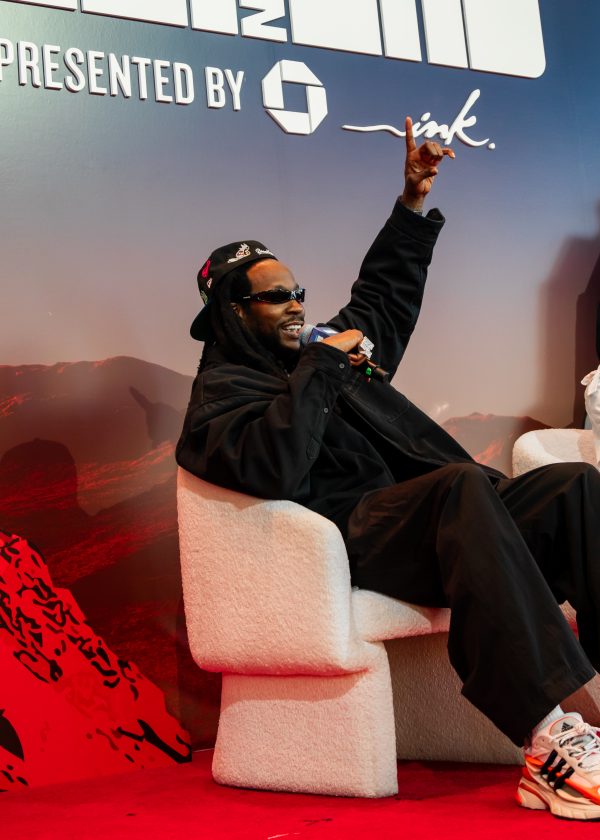
Similarly, in 2023, CultureCon’s presenting partner was Max, and sponsors included Shea Moisture, Walmart, CÎROC, Amazon Prime, and Google, among others. Those years had multiple brand activations, product giveaways, swag suites, and a layered presence.
By contrast, 2025’s roster—while still significant—looked leaner. Brands and designers flagged on-site included HFR House, Floret NYC, Kaphill Official, Undra Celeste New York, and Anwuli Eyewear.
The difference was tangible. Where before every brand had a “photo moment,” multiple touchpoints (panel + booth + lounge), this year, many sponsors had more modest footprints.
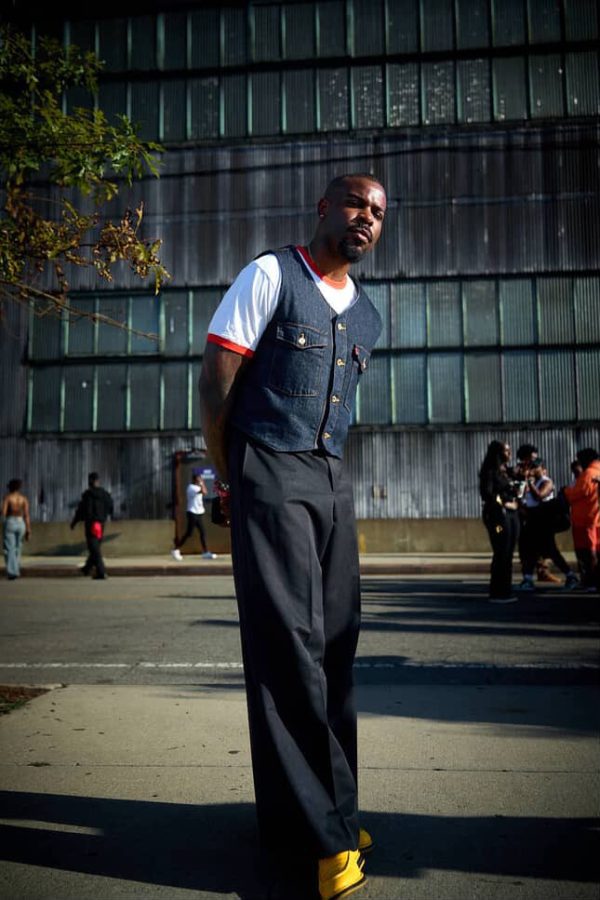
The Art of “Taking Space” in 2025
This year’s official theme—Taking Space—was realized both literally (through activation geometry and staging) and metaphorically. Though CultureCon has hosted nearly 10,000 guests in past years, the 2025 activation felt leaner, more compressed.
We spoke with attendees and talent about what “taking space” meant to them. B. Simone described space as confidence and vulnerability coexisting. The author, entrepreneur, and comedian said taking up space to her means being confident in who God called her to be while drowning out the noise around her. Walking in her purpose. “As soon as I walked in [to Culturecon], God used two people as a vessel to reassure me —they both said, ‘I honor your vulnerability. You’re so powerful, you’re so transparent.’ — all of these things that also allow a gateway to tear me down, but I know it’s my calling and my purpose.” She continues to say that her story is something that resonates with a lot of people, and she knows that she has to keep on being her.
Representation was a recurring theme across panels and performances. Olly Sholotan, who stars in Bel-Air, reflected on the cultural impact of seeing oneself on screen:
“I think that art reflects culture, and a lot of the time, culture reflects what people think is possible. So to see an entire family looking like us, experiencing what we experience — I think it means so much to young people everywhere. Taking up space means representation. It means making sure people know that they matter.”
Actress Cassandra Freeman added her own twist on self-acceptance and confidence, saying:
“No regrets and no mistakes! It means no matter what you do, it’s right! No matter how you walk, how you talk, how you think. Taking up space means that you know that you are that one drop in the ocean and that you are necessary in the next drop. So be you 100%!”
Confidence, Alignment, and the Work Behind the Shine
For many attendees, CultureCon 2025 wasn’t about optics — it was about alignment. Scott Evans, known for his magnetic hosting presence, shared how he stays true to himself in an industry built on personas:
“I brought it all to alignment,” he said. Citing Seed of the Soul, a book that changed his perspective, Evans added, “Finding purpose comes when you can bring identity into alignment with your work. When you can bring what you do into alignment with who you are. I have been working tirelessly over the years to be more of myself on camera so I can be more of myself off camera — and vice versa.”
Rising actor Jabari Banks echoed a similar sentiment about self-expression:
“It means being confident and being authentically yourself in any room that you go into and not being afraid to speak your mind.”
Meanwhile, Jimmy Akingbola spoke on artistry and accountability:
“It means intentionally being your authentic self and also moving with an awareness of knowing everybody’s watching you. And we have a responsibility as artists — do your thing so you can look back and say, I am proud of what I achieved.”
And perhaps one of the most striking moments came from Michael Ealy, whose unapologetic honesty electrified the room when asked how he mastered his craft:
“I did the f**king work! I didn’t skip any steps to get here — stop trying to skip steps. Put in the work!”
Even censored, the power behind Ealy’s words was undeniable — a reminder that success still comes from grit, patience, and mastery.
Elevating Your Brand — Hidden Value in Panels
One standout session, “Unmuted: Black Voices Amplifying Audio’s New Frontier,” brought Audible creatives to the fore. Moderated by Gia Peppers, it featured Randy McKinnon and Chene Lawson, who discussed carving space for Black narratives in audio. McKinnon, with his series The Prophecy, spoke about scaling while holding to creative integrity: “When you try to get the larger ‘yes’, it comes with mini obstacles you have to navigate.”
Networking Beyond the Hype
Midday panels draw crowds. But the real value is doing the extra: connecting in the hallways, waiting outside panel rooms, or catching creators for handshake conversations. Scott Evans reinforced: don’t only network upwards—connect laterally. The peers beside you now may be your future collaborators or gatekeepers.
Brand activations in previous years leaned into layered experiences: Shea Moisture, for instance, didn’t just sponsor panels but also operated lounges and gifted full-size products. Clinique gave VIP glam experiences and pop-up skincare consultations. These multi-tiered engagements created touchpoints that extended the conversation beyond the panel room. In 2025, many brand activations felt more contained.
Red Carpet & Press Realities
The red carpet at CultureCon dominates social media with talent TikToks, spontaneous skits, “fit checks,” and the collision of content creators and celebrities in real time.
Day 1’s red carpet lineup included: Imani Ellis, Ciara, Sheryl Lee Ralph, Taraji P. Henson, Morris Chestnut, The Cast of Reasonable Doubt, The Cast of Bel-Air, B. Simone, Serena Page, Kordell Beckham, and Gia Peppers. Day 2: FERG, Joey Bada$$, Jennifer Hudson, 2 Chainz, Vic Mensa, Cam Newton, Terrence J, Angela Rye, Loren LaRosa, and more.
Major media outlets, Revolt, People, and CultureCon correspondents received priority access. Smaller outlets pivoted to what they could: B-roll, social media clips, content catches. Tensions escalated when a rogue “media” person allegedly “ran down” on a talent, aggressively trying to force an interview. That behavior is widely regarded as a breach—one that undermines the collective credibility of the press at the event.
Tips for media on the carpet:
- Confirm your invitation and point of contact.
- Ask PR teams whether interviews can be scheduled in advance or on-site.
- Upon arrival, locate your outlet’s step-and-repeat position.
- If restricted to 1–2 questions, don’t overstep—unless explicitly allowed.
- Be courteous with shared press space—coordinate, don’t dominate.
The PR (Disrupt/The Door) and CultureCon staff deserve credit. They managed the press flow, filtered views, and attempted to balance professionalism, talent needs, and media demands—especially under tighter resources in 2025.
Trump, DEI Cuts & Cultural Resilience
DEI cuts are not just budgetary—they signal shifting priorities. In an environment where anti-DEI rhetoric seeks to delegitimize programs built on equity, cultural events pay the cost. Fewer resources, fewer brand activations, tighter margins.
Yet, CultureCon 2025 reaffirmed one thing: you may reduce our budget, but you cannot break our spirit. Creators still took photos, networked, spoke, and hustled. The panels were full. Conversations happened. The energy of reclamation was alive.
Several attendees and insiders suggested this leaner year may prompt a pivot: collectives resisting dependence on big brands, turning inward to build self-sustaining platforms. In that sense, 2025 may be a litmus test. Those who adapt and survive may emerge stronger, more autonomous, more rooted in community.
From Jennifer Hudson’s empowering conversations on her talk show to Claressa Shields’ surprise pivot into music, the weekend reflected a new wave of Black creativity — unfiltered and unstoppable. The presence of stars like Taraji P. Henson, Morris Chestnut, and Angela Rye added legacy. Newcomers like Serena Page and Kordell Beckham reminded audiences that the next generation is equally committed to impact and authenticity.
Final Reflection: CultureCon 2025 — Imperfect, But Necessary
Maybe this year didn’t feel as grand as 2023 or 2024. Giveaways were slimmer, sponsor halls felt sparse, and some panels felt leaner. But beneath the surface, something enduring persisted: Black creativity refusing to be sidelined.
Trump may try to dismantle the pipelines, defund the structures, and delegitimize DEI. Here, at CultureCon, Black cultural aspirations continue to renew themselves.
CultureCon 2026—we’ll see you. Because we don’t wait for space. We take it.
written by Joan Silva Andre
Photo Credit
Marquis Williams
@marqwill.raw
@rawcreative.studio_
